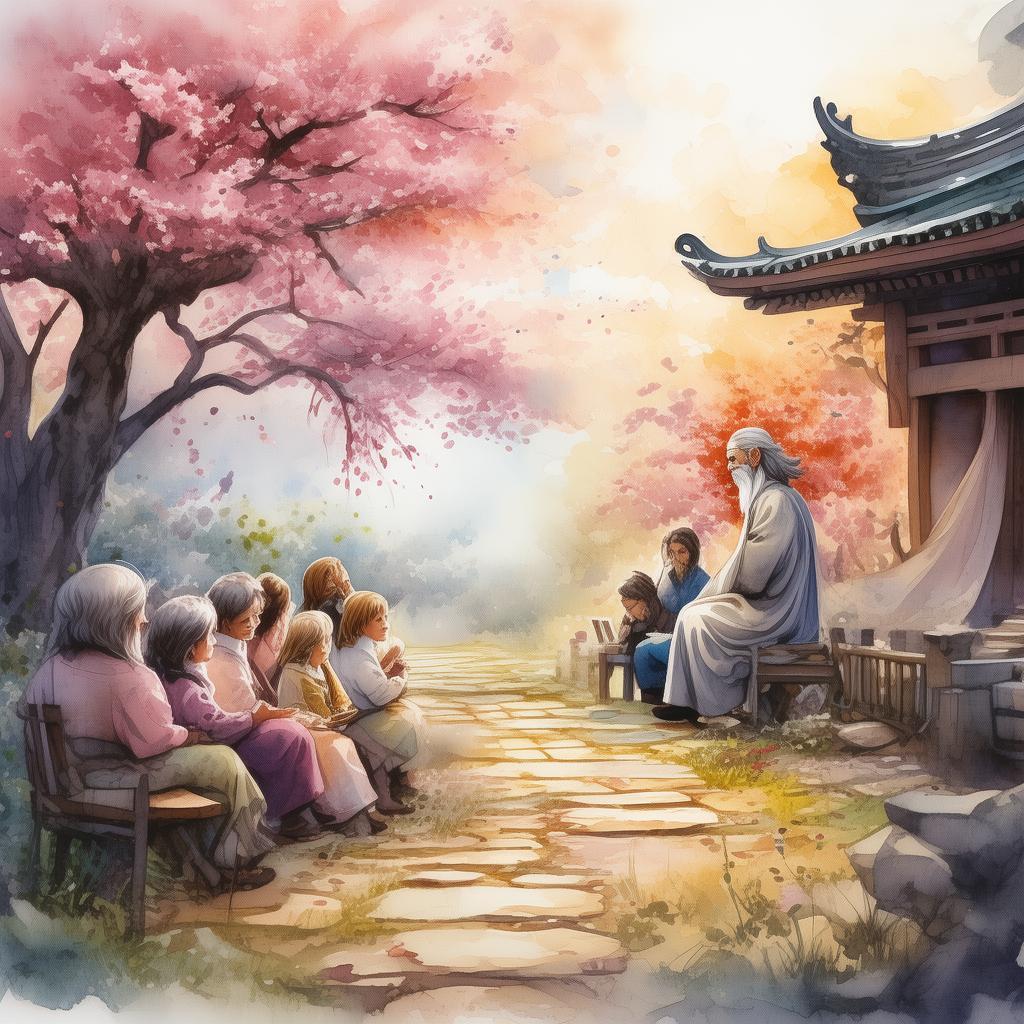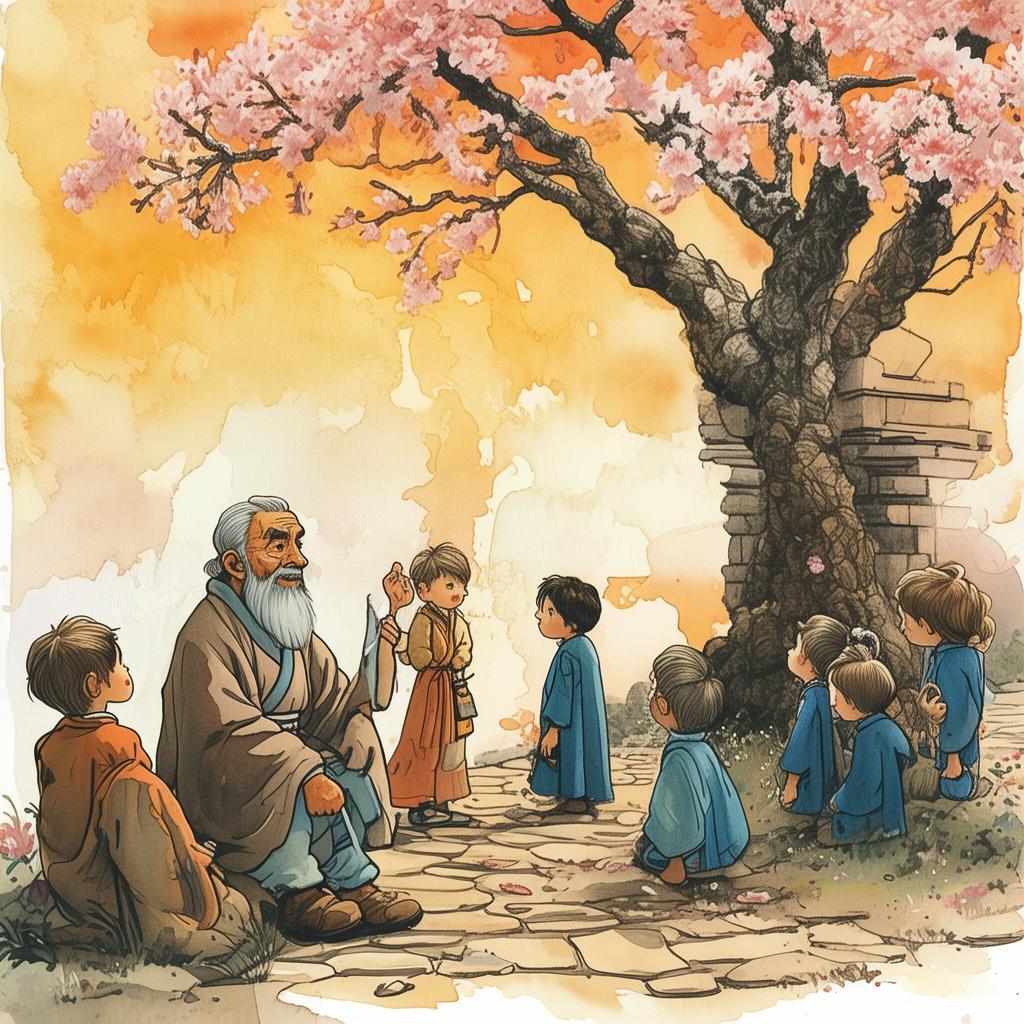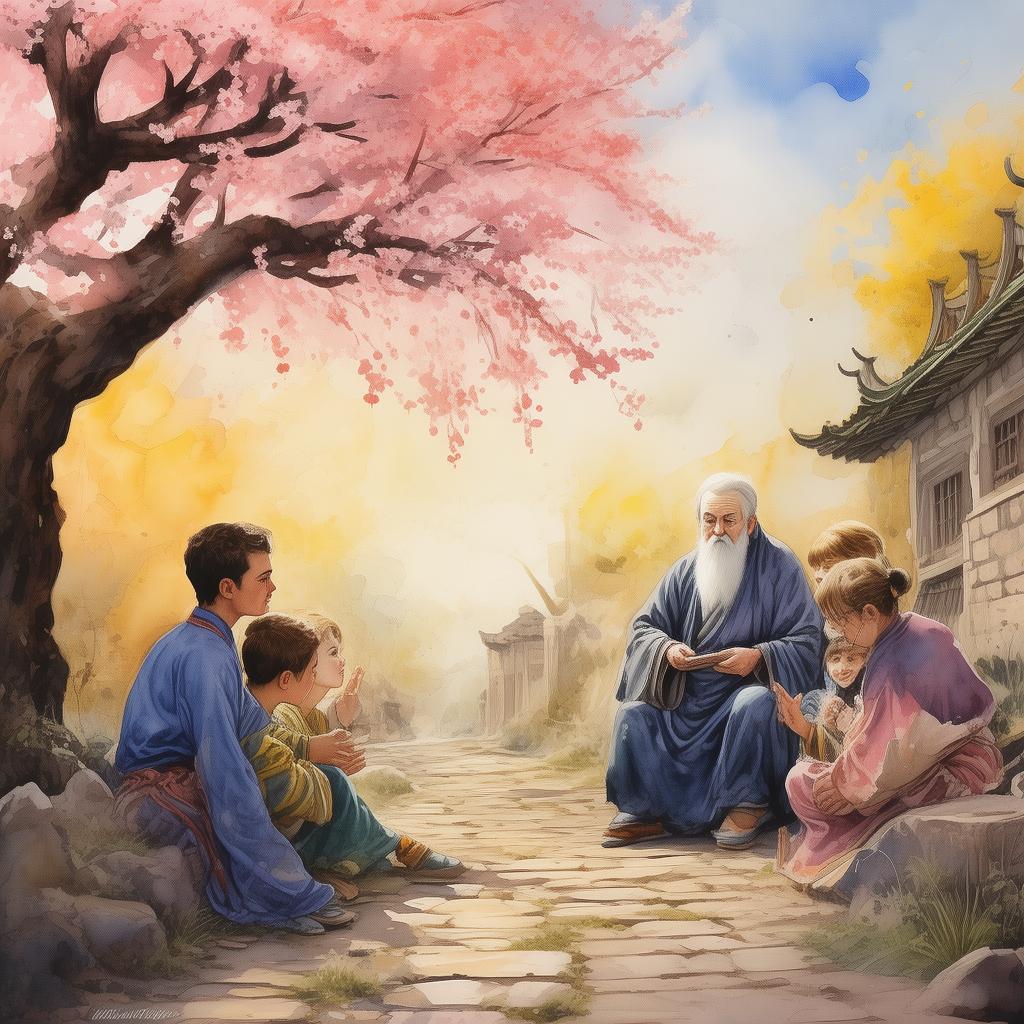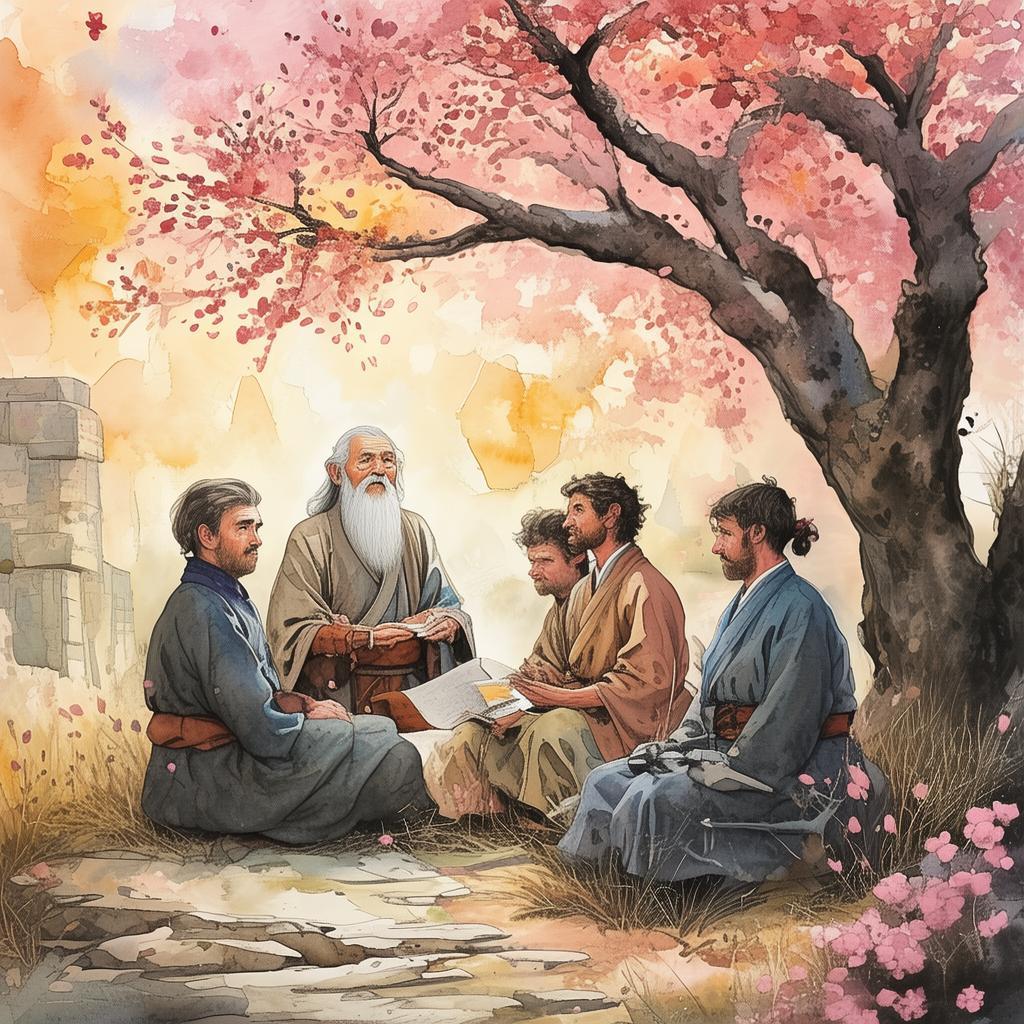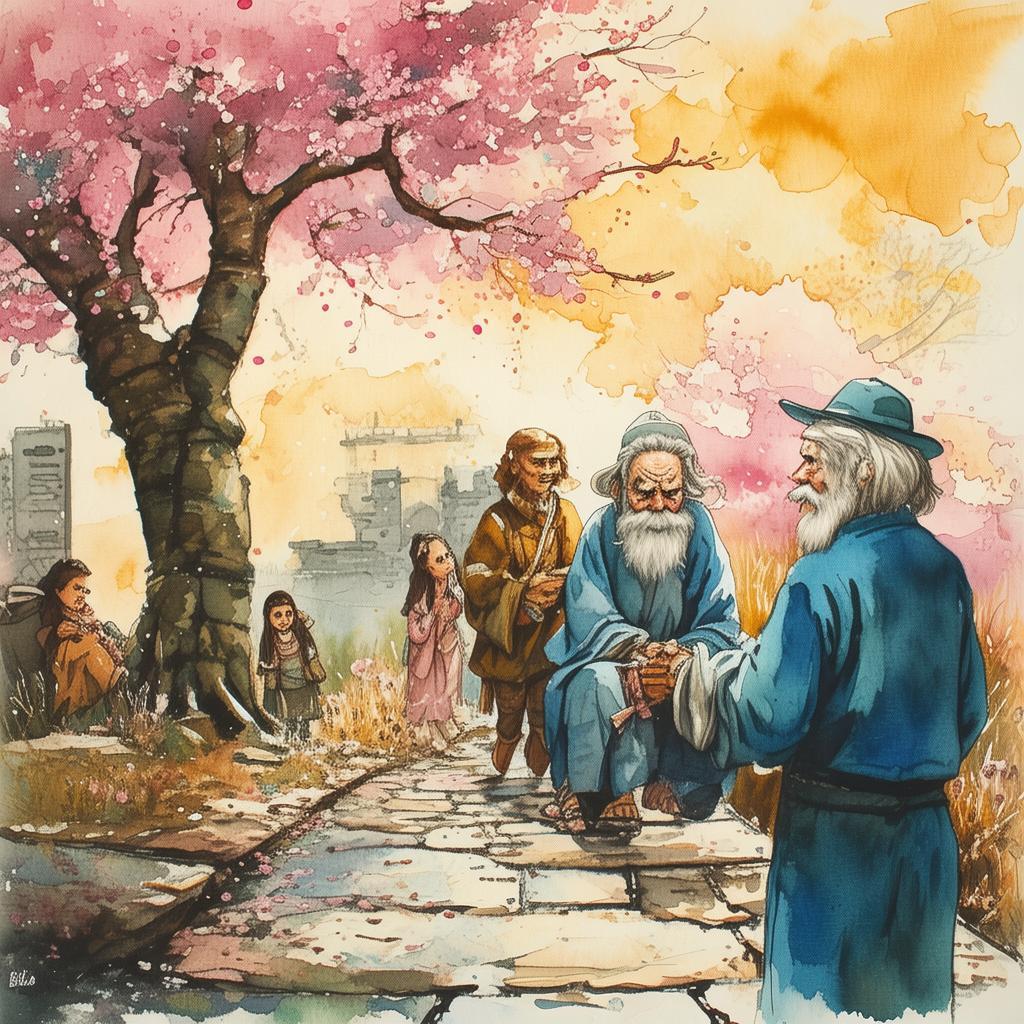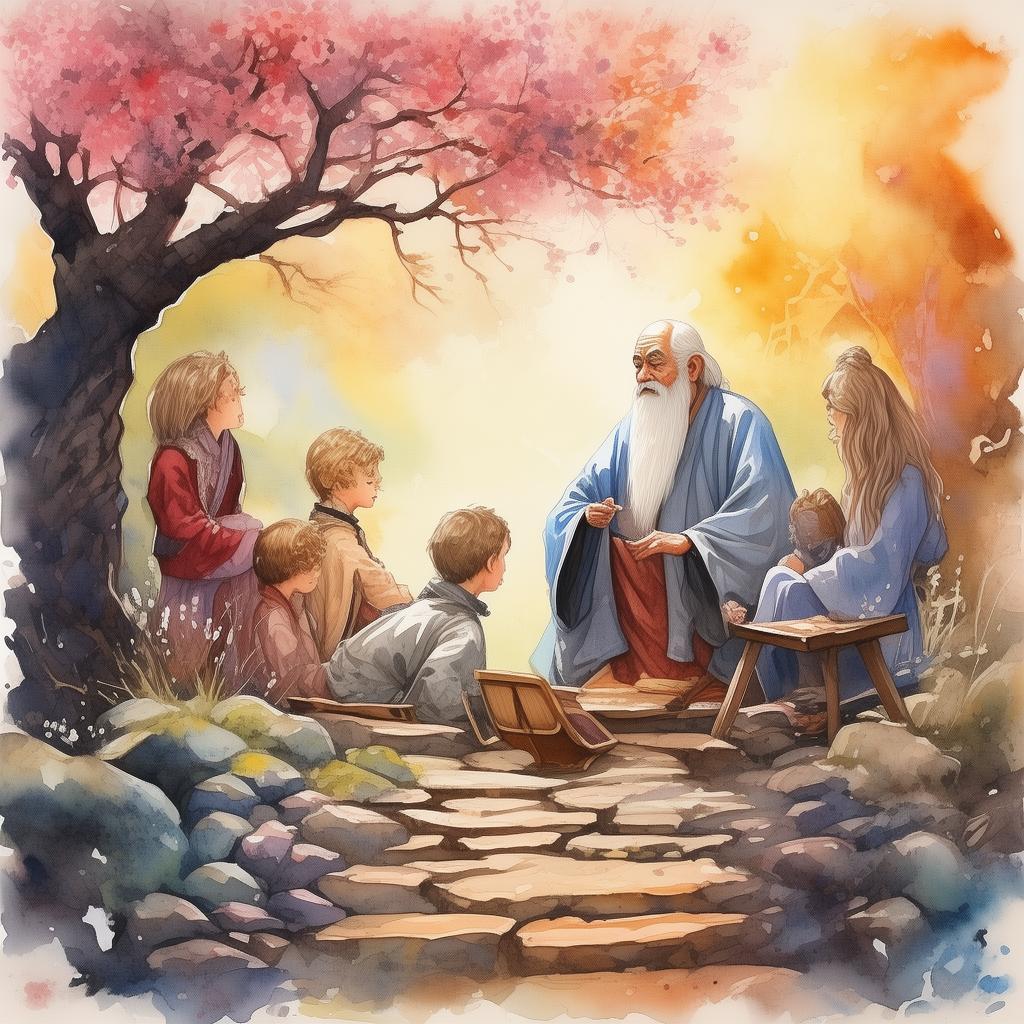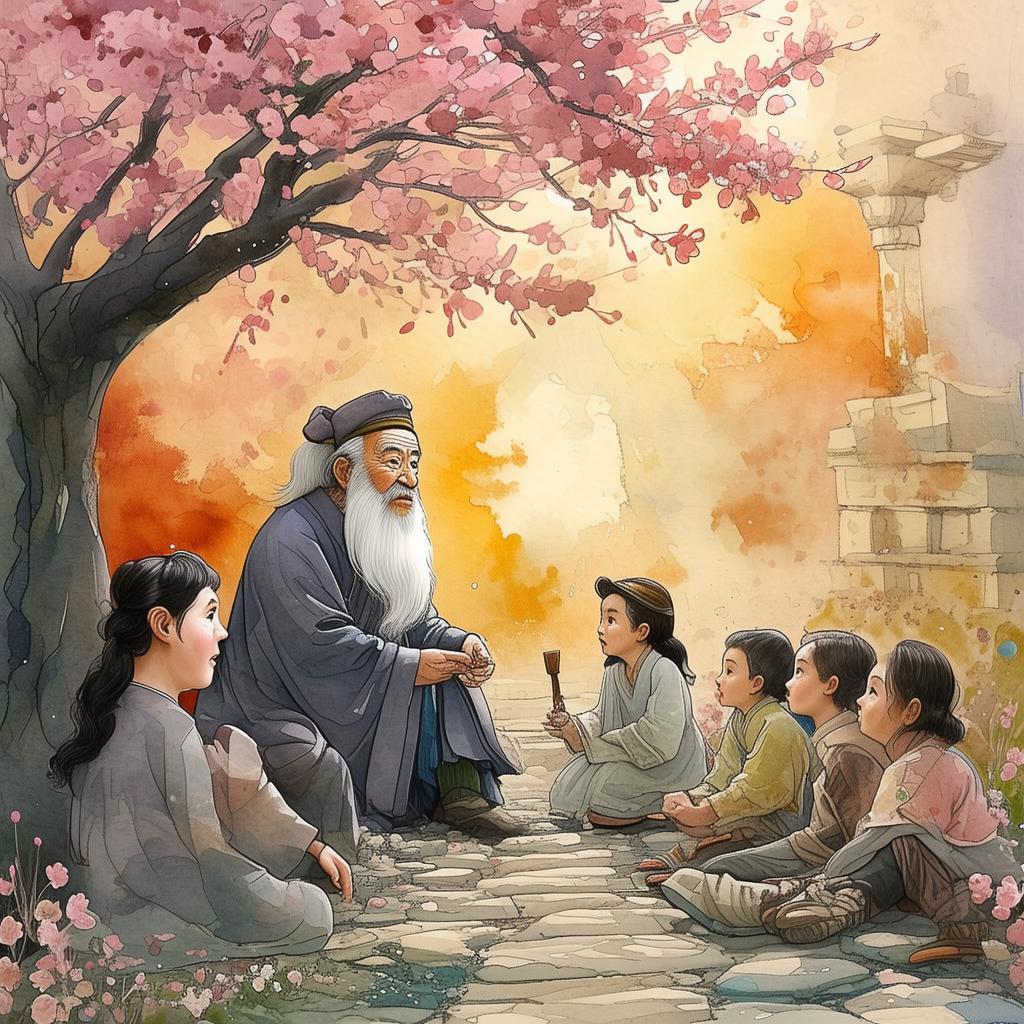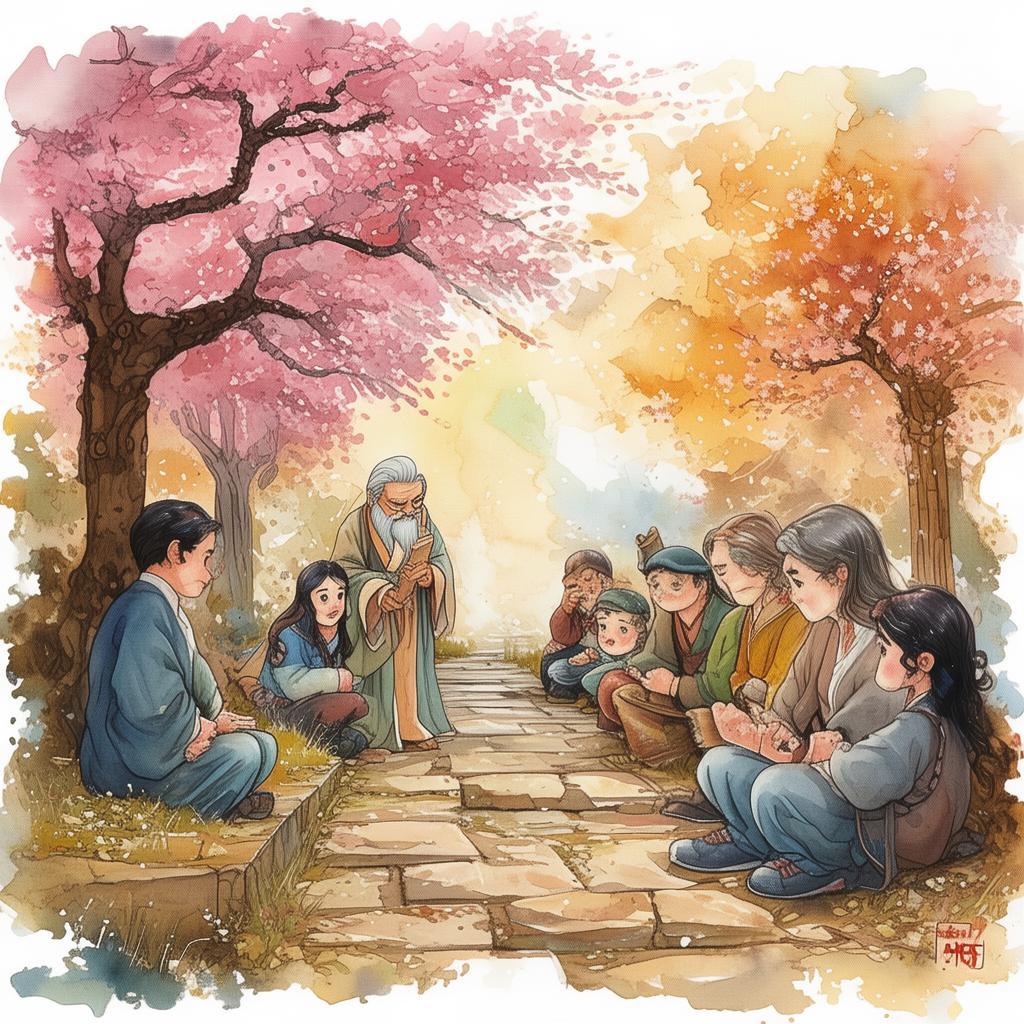Conundrum of the Zen Garden
In the serene hills of ancient Japan, there stood a Zen garden, its stones meticulously arranged in the traditional art of karesansui. The garden was the abode of Master Kaito, a monk known for his wisdom and deep meditation. He had spent years perfecting the garden, each stone placed with intention, each raked line a testament to his spiritual discipline.
One crisp autumn morning, as the sun cast a golden hue over the garden, Master Kaito noticed a peculiar occurrence. A small stone, which had been perfectly positioned for years, had shifted slightly. It was a trivial matter, yet it troubled him deeply. He pondered over the stone for days, unable to find peace.
"What does this shift mean?" he asked himself. "Is it a sign of chaos, or perhaps a divine message?" His mind raced with questions, and he found himself unable to meditate as he once had. The garden, which was his sanctuary, now felt like a source of endless conundrums.
The other monks in the temple noticed Master Kaito's preoccupation. They offered their wisdom, but it only seemed to deepen his confusion. "The garden is a reflection of our inner world," one monk advised. "Perhaps you need to look within for the answer."
Master Kaito realized that the stone was not just a physical object; it was a metaphor for the conundrum of his own conscience. He had always been a monk of balance, but now he found himself caught in a web of overthinking. The simple act of placing a stone had become a moral quagmire.
One evening, as the moonlight bathed the garden in a silvery glow, Master Kaito decided to confront his inner turmoil. He sat by the stone and began to meditate. Hours passed, and in the quiet of the night, he experienced a profound insight.
He realized that the stone's shift was not a sign of chaos but of change—a natural progression of life. Just as the seasons change, so too did the garden evolve. Master Kaito saw that his own overthinking was a form of resistance to change, a reluctance to embrace the fluidity of life.
With newfound clarity, Master Kaito returned to the garden. He carefully repositioned the stone, not to restore its original place but to acknowledge its new role in the evolving landscape. He then walked through the garden, raking the sand gently, allowing the wind to carry away the excess.
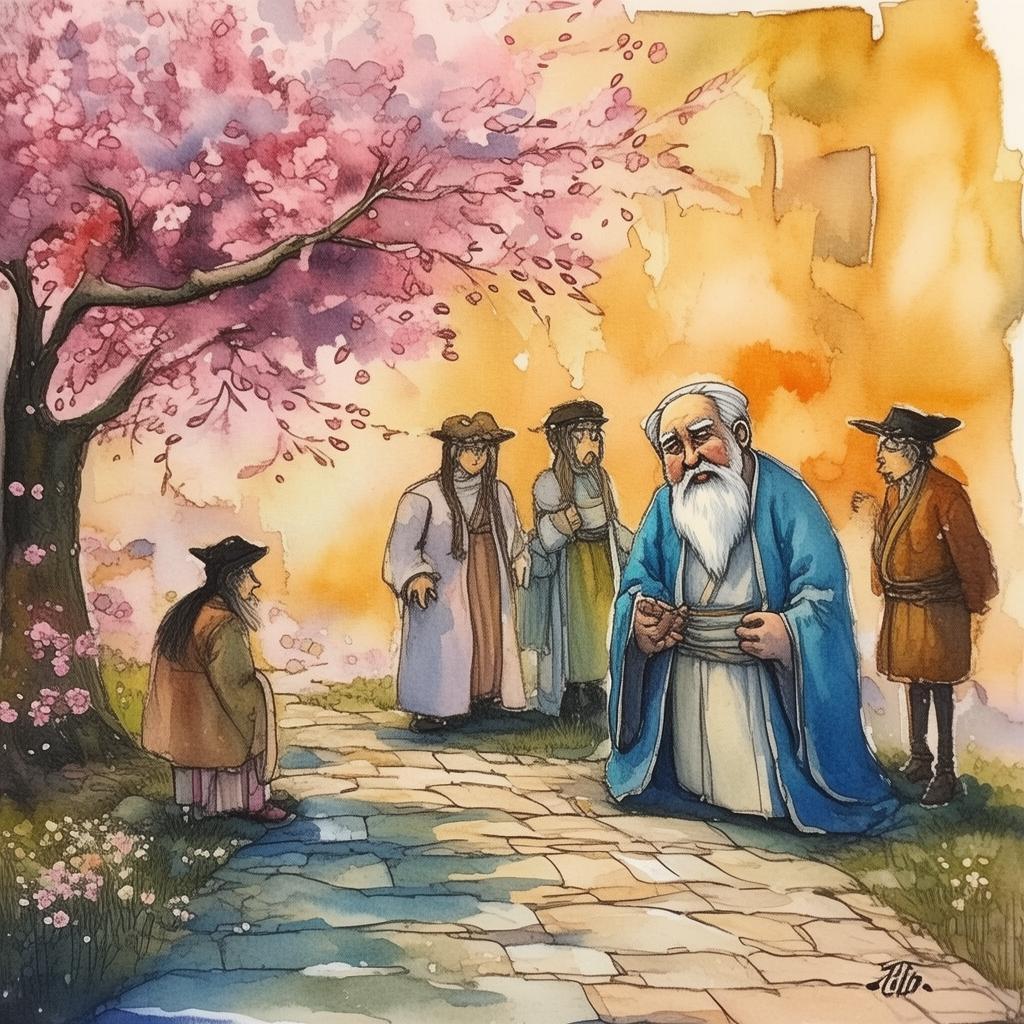
The next morning, the monks gathered to see the garden. Master Kaito showed them the stone, now a part of the garden's natural progression. "We must accept that change is a part of life," he said. "It is not something to fear or resist but to embrace."
The garden, with its new arrangement, seemed to breathe with a new life. The monks found solace in the simplicity of the garden, and Master Kaito's words resonated with them. They began to see the garden, and their lives, in a new light.
The conundrum of the Zen garden had become a lesson in the acceptance of change and the importance of embracing life's fluidity. Master Kaito had found his peace, and the garden, once a source of endless overthinking, had become a sanctuary of tranquility and growth.
In the years that followed, Master Kaito's teachings spread far and wide. People came from all over to learn from him, and the Zen garden became a place of spiritual enlightenment. The stone, once a source of endless contemplation, stood as a symbol of the journey toward inner peace and the understanding that life is a garden constantly in bloom.
✨ Original Statement ✨
All articles published on this website (including but not limited to text, images, videos, and other content) are original or authorized for reposting and are protected by relevant laws. Without the explicit written permission of this website, no individual or organization may copy, modify, repost, or use the content for commercial purposes.
If you need to quote or cooperate, please contact this site for authorization. We reserve the right to pursue legal responsibility for any unauthorized use.
Hereby declared.
